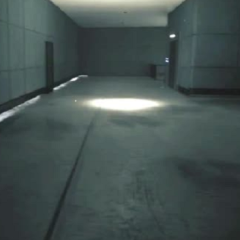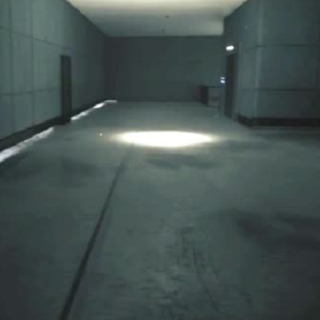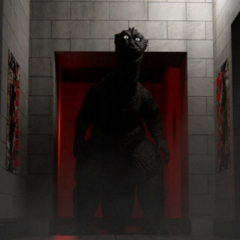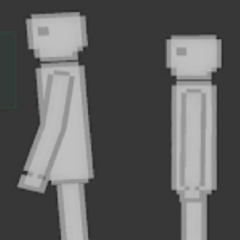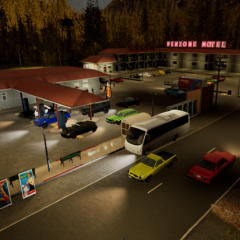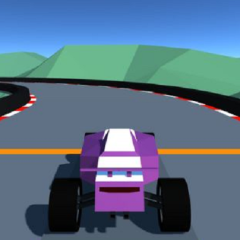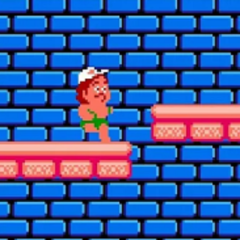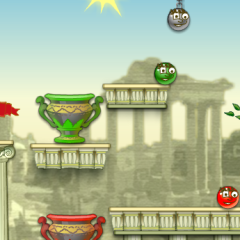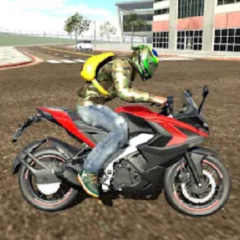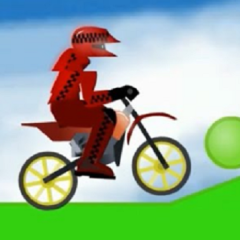Huntsman places the player in an isolated building without providing background or clear purpose. There is no introduction, no characters to speak with, and no outside world to reference. The layout is limited, but filled with objects that may or may not be useful. The only certainty is the presence of something dangerous. The game’s opening moments suggest nothing directly — tension comes from absence, not action. The goal is discovered only through careful exploration of the space.
Work Before Escape
Progress is tied to interaction with specific items. Certain areas cannot be accessed until necessary components are gathered and used. These items are placed throughout the building, sometimes in open sight, sometimes behind small environmental challenges. As the player navigates the rooms, they begin to understand the order in which objects must be collected. Some tools open doors. Others serve a function at the end of the game. Exploration is not optional — it defines the structure of the experience.
Gameplay Features of Huntsman
· A contained interior space divided into multiple connected rooms
· Puzzle-like item collection that unlocks new areas
· A hidden threat that grows more apparent over time
· No interface guidance — only the environment provides cues
· A final encounter based on collected items and player readiness
This design encourages patience, observation, and efficient use of space rather than reaction speed or combat ability.
Knowing It’s Close
The player is never told directly where the danger is. Instead, movement becomes more cautious as the game progresses. Sounds shift, doors creak, and new spaces appear less safe. By the time the player collects enough tools to move freely, the presence feels constant, though still mostly unseen. The game escalates without showing the threat directly, letting the environment suggest it. The final moments depend entirely on how well the player read those signals.
An Ending Based on Actions
Huntsman does not offer multiple endings or extended cutscenes. The outcome is determined by what was gathered and how well the player handled the confined space. Either the materials are in place and the exit opens, or the opportunity is missed. The game ends when the player reaches the final point — with or without the result they expected. What matters is not how fast they moved, but how they approached each step inside the silent building.

